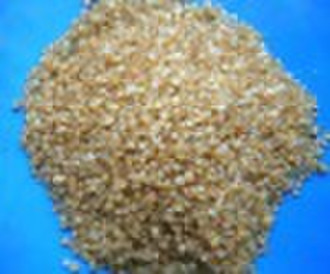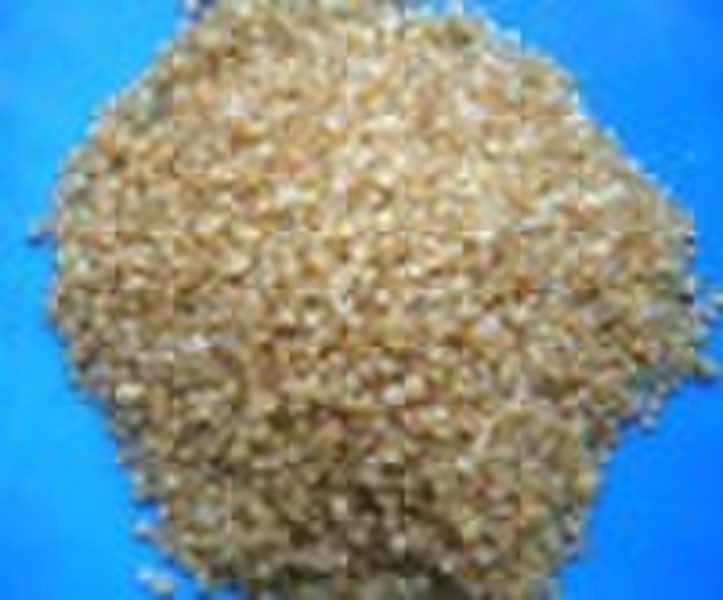骨头的凝胶
原价: 1 000 USD
崇义县, 中国
生产能力:
150 吨 / 月

Sunny Yang
联系人姓名
基本信息
| 化学文摘社编号. | 9000-70-8 |
|---|---|
| 其他的名字 | Technical Gelatin |
| 小额信贷 | C6H12O6 |
| Einecs编号没了 | 232-554-6 |
| 纯洁的 | 80-90% |
| 出生地 | Hebei China (Mainland) |
Bone Gelatin is amber, semi transparent pearl eye grain with good performances in high jelly strengh and low viscosity. It is widely used in emery cloth, sand paper and textile sizing, electroplated finishes and wooden furniture. Besides the pear like Bone Glue, we also produce erose powder Bone Glue in low cost and large output. All of the products are made strictly as QB/T1996-2005. We can handle SGS, ITS quality certificate and CIQ Veterinary (Health) Certificate and Commercial Inspection Certificate. Production Process In OUR members’ industrial sites, gelatine is produced in technological industrial installations in a complex procedure involving several stages. The input material is the connective tissue of pigs, cattle, poultry or fish. The collagen protein is removed from the pig, calf or cattle skin as well as bones and is processed to form gelatine. The final product gelatine is a pure source of protein. Pre-treatment First of all, the fat and minerals are removed from the raw materials. Afterwards two different pre-treatment methods are used, depending on the raw material and on the final application of the gelatine. Alkaline procedure The connective tissue of cattle is highly interconnected and is therefore pre-treated with lime in a process lasting several weeks. This brings about a gentle change to the collagen structure. After this treatment, the collagen is soluble in warm water and can thus be separated from the rest of the raw material. Acid procedure The collagen connective tissue from pigskin is not so heavily interconnected. Here, a one-day acid treatment with subsequent neutralization and the intensive rinsing out of the salts is sufficient to extract the collagen. Extraction The pre-treated raw materials are now treated with hot drinking water and extracted in several stages. The temperature of the hot water is a parameter for the jelly strength: the lower the temperature of the water, the higher the gel strength (bloom value) of the extracted gelatine. Cleaning The extracted solutions are freed of traces of fat and fine fibres in high-performance separators. Even the finest impurities are removed by filtration, in a similar way to the beverages industry. In a last purification stage the gelatine is freed of calcium, sodium, residual acid and other salts. Thickening The gelatine solution is now concentrated in vacuum evaporators and thickened to form a honey-like solution. Drying The highly concentrated gelatine solutions are sterilized, cooled, set and dried under strict hygienic conditions. In this process, “gel noodles” are formed that are ground into grains when dry. The quality and purity of the gelatine is ensured by detailed quality control. All of these steps are indispensable for gelatine manufacture and have been used for decades to manufacture high-quality gelatine.
交货条款及包装
Packaging Detail: 1)Kraft bag outside and plastic bag inside2)Woven bag outside and plastic bag inside Delivery Detail: 15-30DAYS
端口: TIANJIN
付款条款
Letter of credit
Telegraphic transfer
-
支付方式
我们接受:









